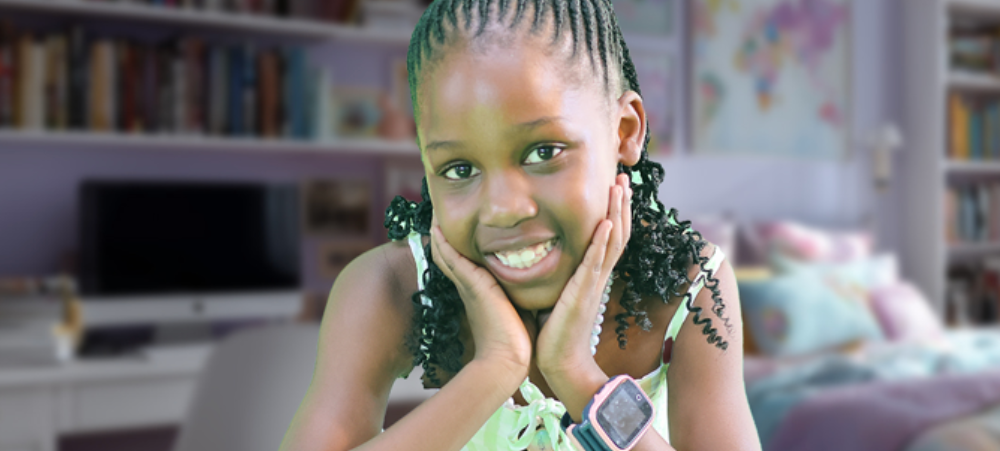What is art? Art is the “expression or application of human creative skill and imagination” thus may be brought through in a child in many forms: Music, Dance, Literature or Visual Creative Arts.
Art is a fundamental; this could almost be considered part of a vital milestone in the pre-school child’s learning. In my experiences with visual arts, the atelier is a place of research and experimentation where the child can express themselves through the stimulation of their own creativity. The experience is one of enjoyment and plays a role in shaping their own sense of personal, social and cultural identity.
The art activities set out are of great importance as:
- They help develop fine motor, gross motor and hand-eye co-ordination skills.
- Problem solving abilities develop as they explore a huge variety of new materials and tools around them.
- Art is one of the many languages of the world, discussions and conversations lead in different directions building on vocabulary and then where children of a limited vocabulary also have an outlet to express themselves.
- The stages of art from scribbling to consciously drawing shapes, form a foundation for school readiness.
- They teach children about cause and effect appealing to the child’s sense of curiosity.
- Therefore, open–ended art is essential as it helps children not to be afraid of change and allows for a higher order thinking.
- A sense of pride is developed, through the planning of an activity to the final outcome, it all has a purpose.
- The child’s self-esteem develops through activities where they can express their own thinking through the freedom of choice. Independence is encouraged and taking responsibility for an activity boosts self-confidence.
- Working in groups at times, spark collaboration, socialising and compromise, which are all life skills that are crucial for development.
- Cultural identity and differences are built on through the introduction of various artists and their art works.
Art should no longer just take on the form of using only some or other mark-making tool onto paper. Art is the discovery of building, fitting, fixing, breaking and composing of loose parts, using old things to become new things. Thus, repurposing and upcycling. Our mind sets have been shifted from the traditional ridged and somewhat constricted views of what constitutes art or an artist. I think we as teachers are only scrapping the tip of the iceberg of the possibilities available worldwide.
So, when teaching, we should then take on the opportunity to explore and expose our children to the wealth of resources available. Once we take on this ‘new age’ way of thinking we can then understand the full rich meaning of why art is so fundamental in learning, in the classroom and beyond.
By Charlene Lang (Teacher at Maragon Ruimsig Pre-Primary)
We understand that there are many aspects that encompass a Mother, Father or Child and strive toward providing resources and services that accommodates this.
Our content is aimed to inform and educate families on issues starting from pregnancy through to the challenges of the teen-age years.
- Say Hello to the Ultimate Holiday Brunch Bite - December 17, 2025
- Tiny Toons Looniversity Returns: Meet the Voice Behind Plucky and Hamton! - December 12, 2025
- From Pain to Possibility: Panado®’s New Marketing Campaign, Highlights The Joy Of Pain Relief - December 10, 2025





